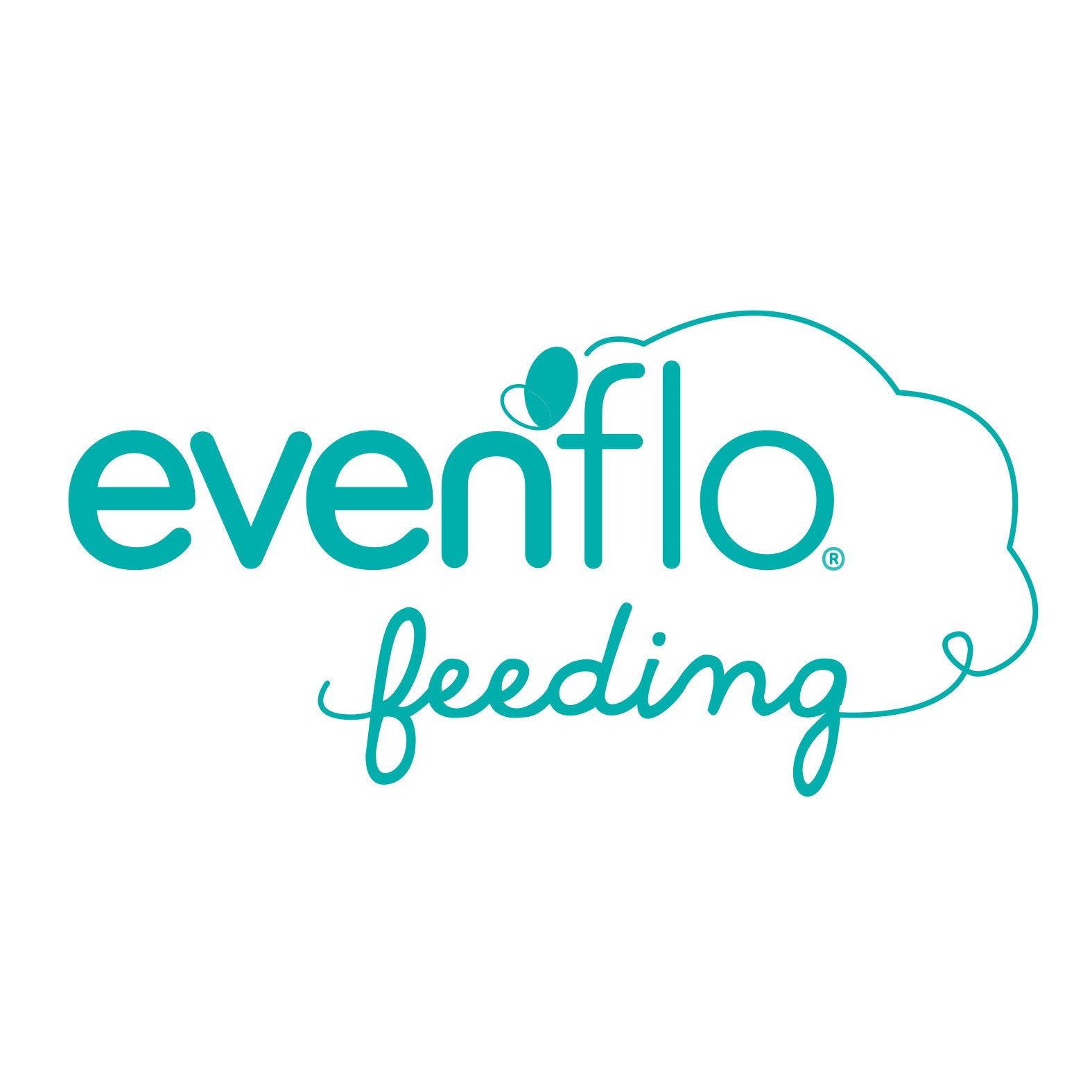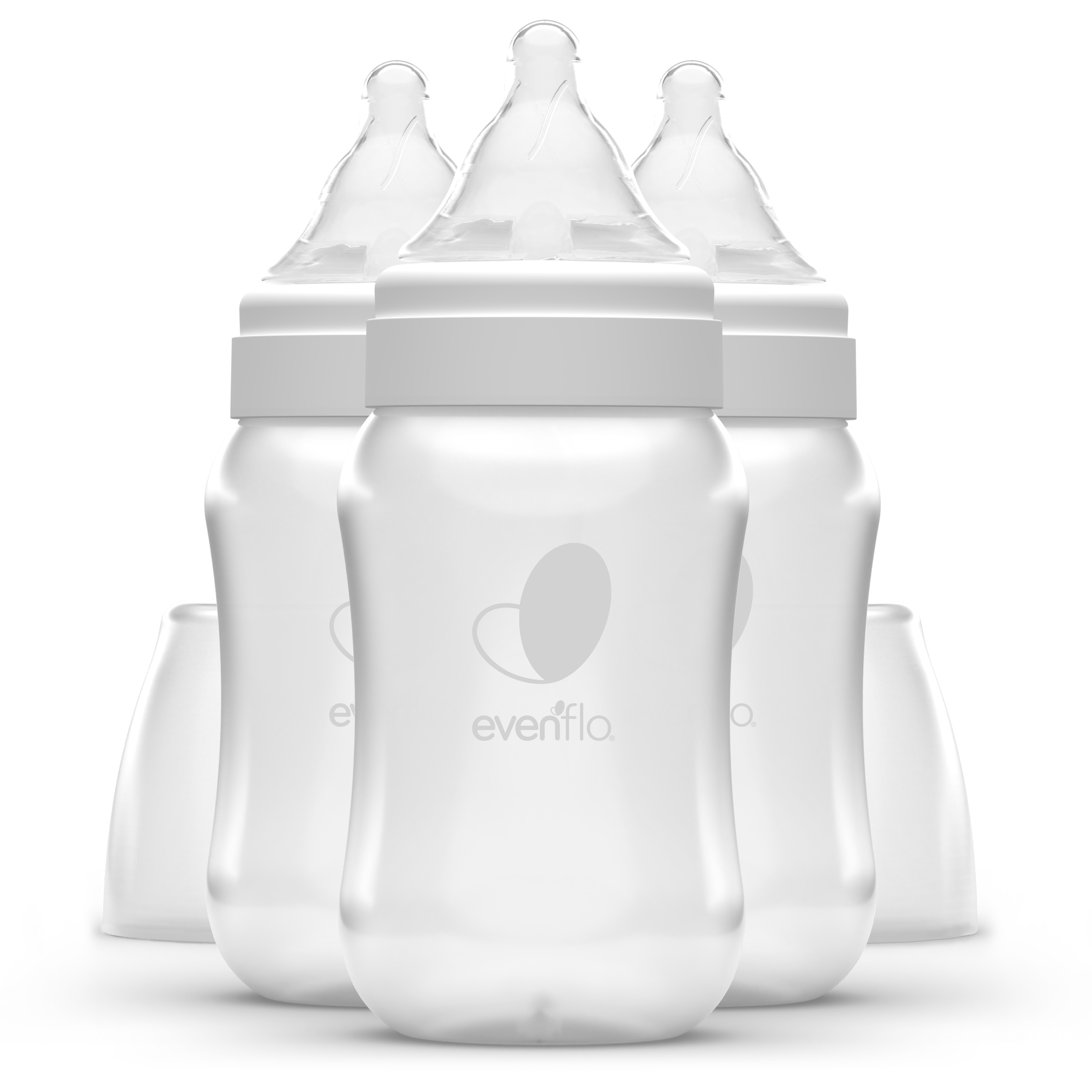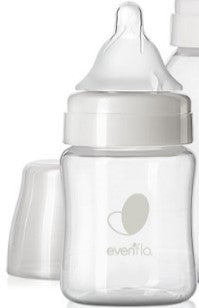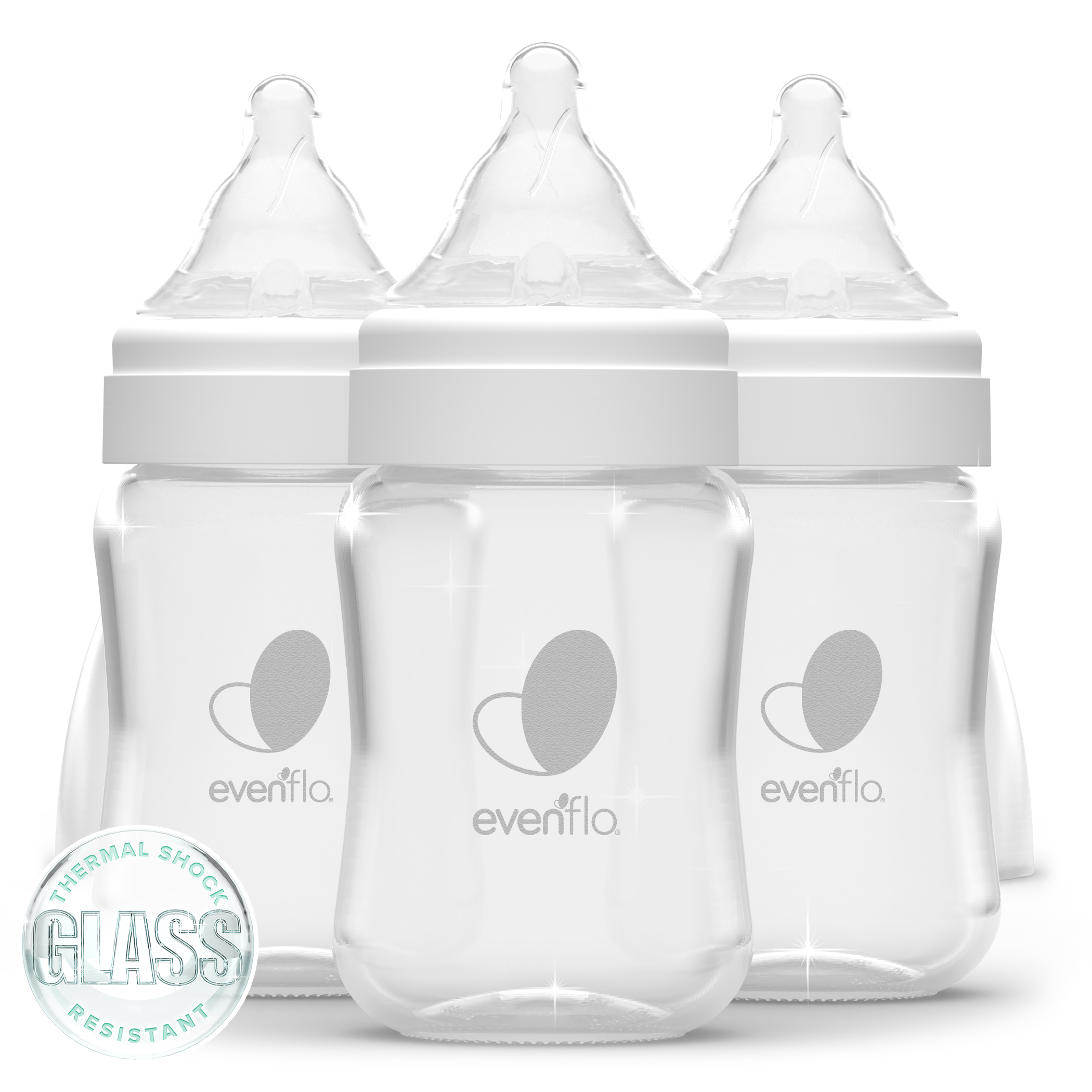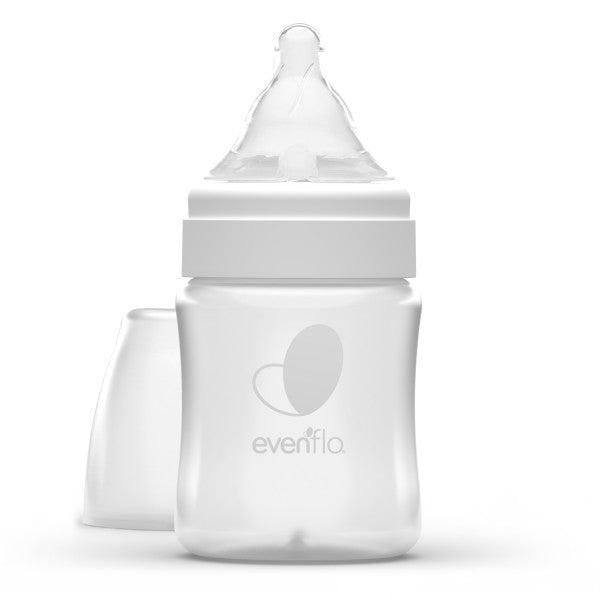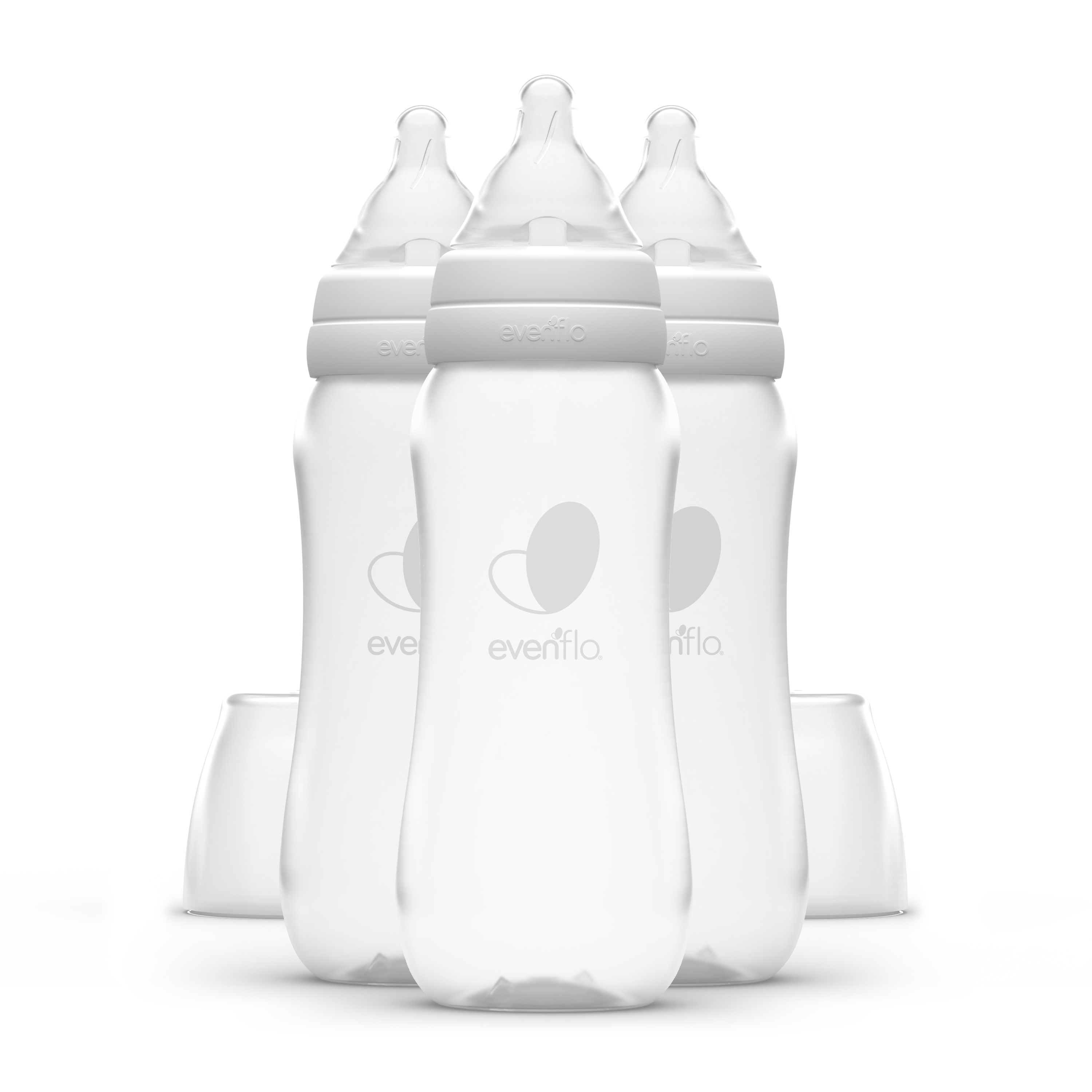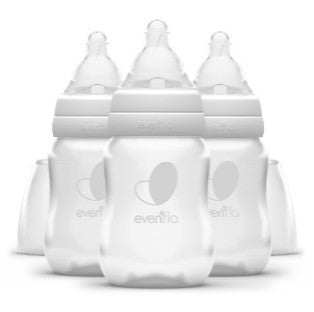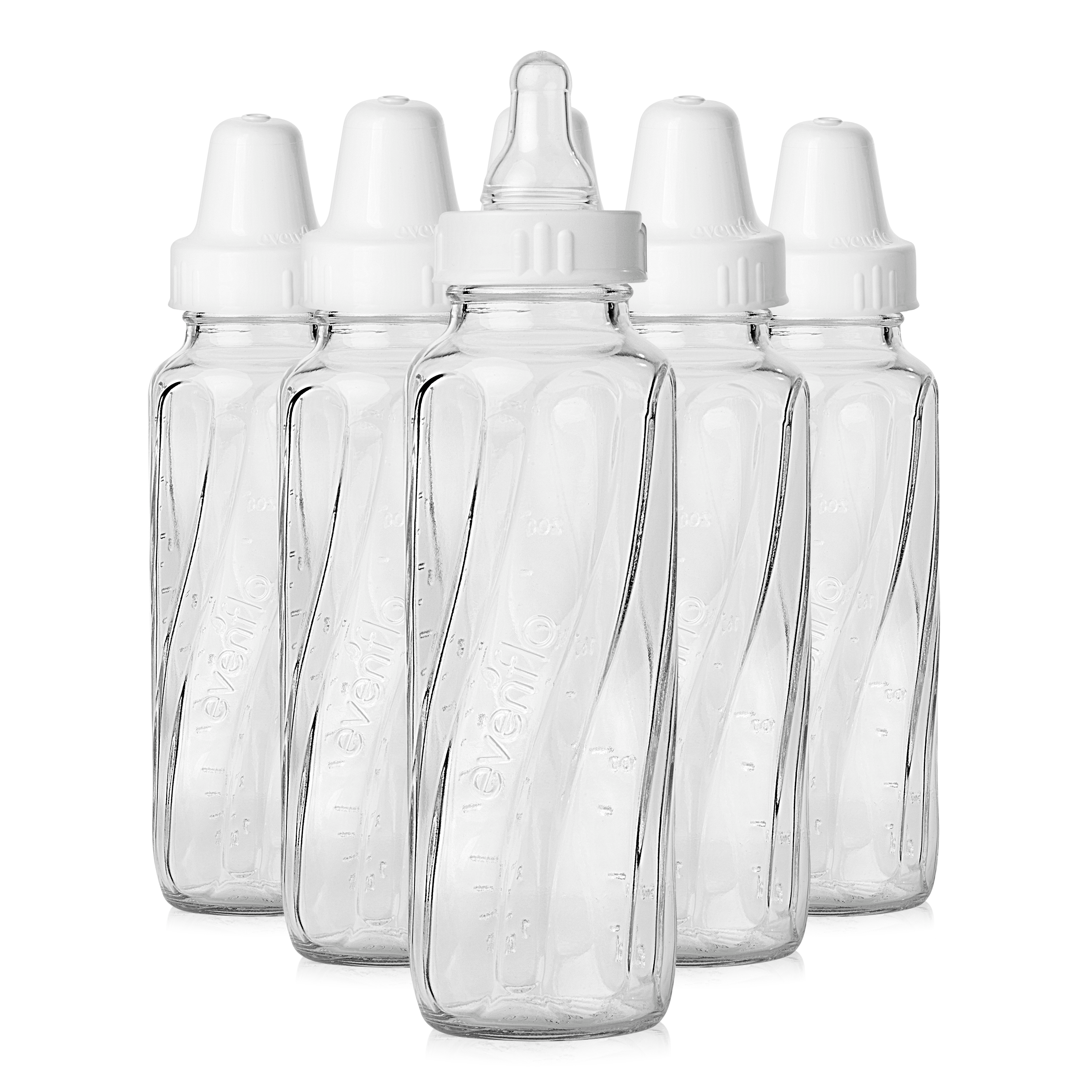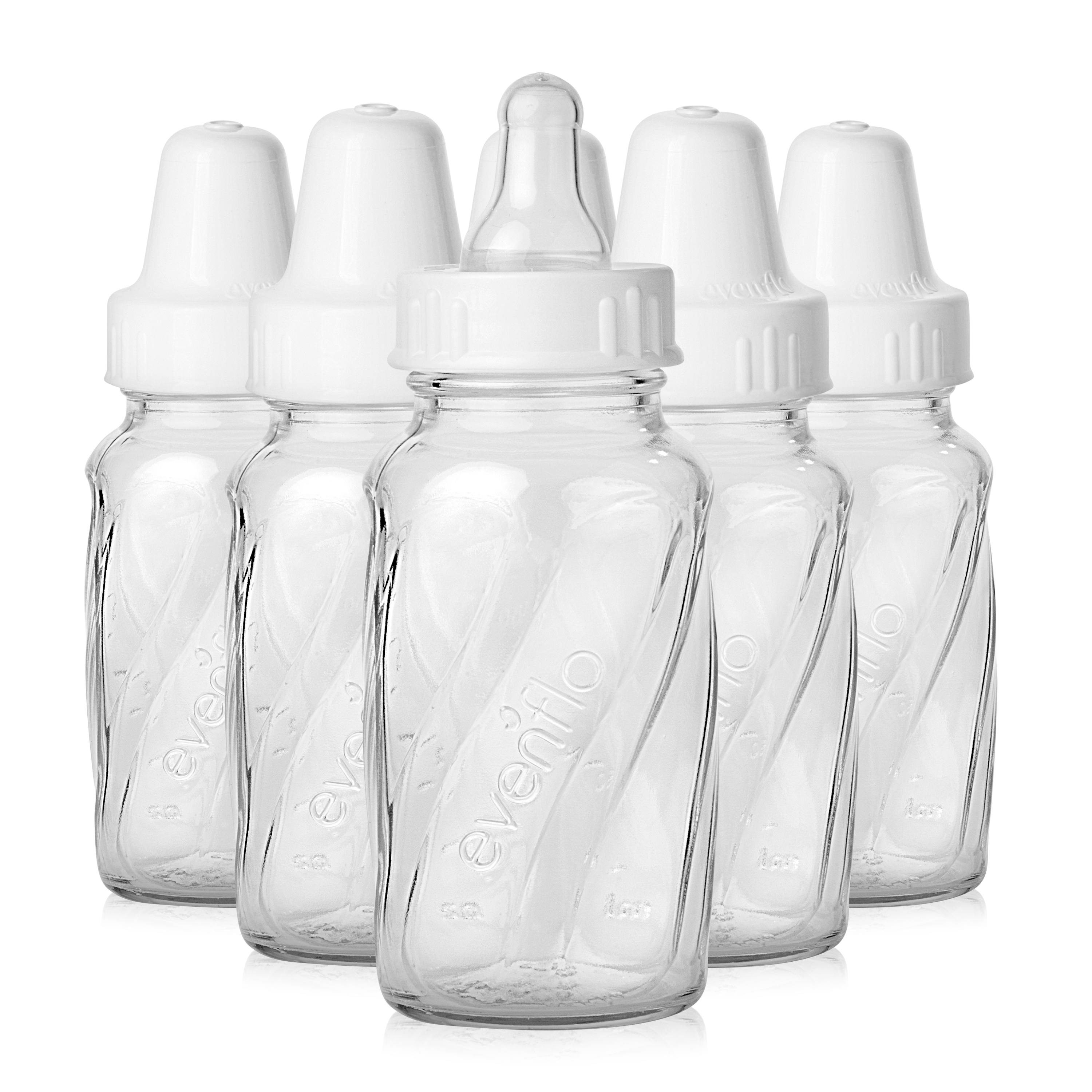
Why the Shape of Your Baby’s Pacifier Matters

Pacifiers can be like an accessory for babies. Pacifiers come in different colors; some have a cute animal or a funny mustache on them. But wait! When selecting a pacifier for your baby, that is not the important side of the pacifier to consider first. Instead, flip it over and look at the nipple shape.
Pacifier nipples—the part the baby sucks on—come in different shapes. The main shapes are cylindrical (like a tiny hotdog or Tootsie Roll®), cherry (round at the end), butterfly (flatter and wider), and orthodontic (beveled on one side like a tube of lipstick). Look at the nipple shape rather than the wording on the package as brands use various terms to describe the nipple shape.
Your baby’s preference ultimately decides which shape to use. But extra consideration is given for babies who breastfeed and for babies with teeth.
Babies who breastfeed may benefit from using a shape that promotes tongue placement and movement similar to breastfeeding. The cylindrical and cherry shapes allow the sides of the tongue to elevate and cup around the nipple, just like it does during breastfeeding. An additional benefit of the cylindrical shape is that it slightly widens at the base and allows the baby’s lips to rest in a slightly open position compared to the cherry (or other) shapes that narrow where the lips meet. If you are breastfeeding, start with the cylindrical shape. If your baby doesn’t like it, try a cherry shape. If you baby still objects, it is okay to try the other shapes, too.
The most important aspect to consider is will your baby accept the pacifier? Some babies will continuously spit out the pacifier. If this happens, see if your baby is willing to suck on a different shape. If you find that you have to hold the pacifier in your baby’s mouth, or if you need to use a pacifier weighted with a stuffed animal to keep it in your baby’s mouth, try a different shape. Your baby should be able to suck on the pacifier without assistance, and spit it out when s/he is finished. If your baby can’t suck on any shape of pacifier, and you feel concerned, consider working with a pediatric speech language pathologist or occupational therapist.
Once your baby’s teeth emerge, usually around six months, research suggests that orthodontic pacifiers are the preferred shape. The orthodontic shape is least likely to alter the shape of the baby’s gum ridge/dental arch. If your baby is still using a pacifier at this age, see if your baby is willing to switch to an orthodontic shape. If that’s a no-go, do your best to limit pacifier use to going to sleep, and work toward weaning after the first birthday.
In the end, choosing a pacifier that supports your baby’s suck is more important than choosing a decorative pacifier.
